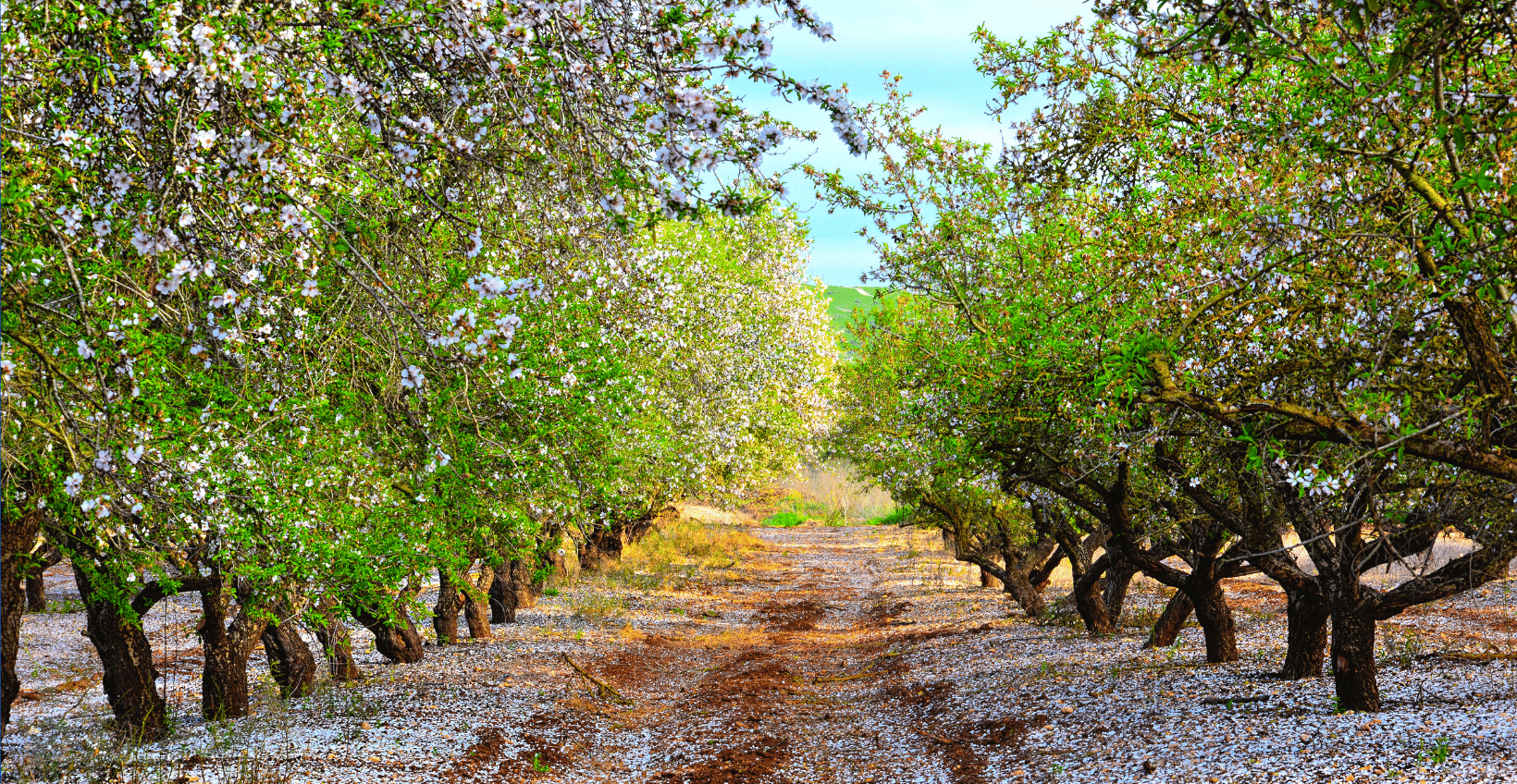The Jewish holiday of Tu B’shvat is celebrated this week in Israel. While it is a festival that commemorates the new season’s flowers on all of the Holy Land’s fruit trees, the almond tree is particularly showcased on Tu B’shvat and is at the center of the festivities; a line from a popular children’s Tu B’shvat song even translates to “the almond tree blossoms and the golden sun shines.”
This may leave one wondering: Why is there such a focus specifically on Almond Trees?
One reason is derived from the Hebrew name of the tree itself, shaked: it is the first of Israel’s fruit trees to put forth flowers after winter’s cold rains. Shaked also means watchful which is why the tree is a symbol of God’s protective, watchful eye on the State of Israel and her people as well as the almond tree’s watchful anticipation of Spring. For many, the almond trees’ beautiful first flowers signify hope and resilience.
In research conducted by experts at Neot Kedumim, the Biblical Landscape Reserve just outside of the city of Modi’in, the Bible’s description of the golden menorah (Exodus 25:31-39), the candelabra used in the Temple, incorporates botanical imagery of the almond tree. It is a symbol of hope, light, and resilience, an inspiring story of hope that beauty will return even out of the harshest times.






